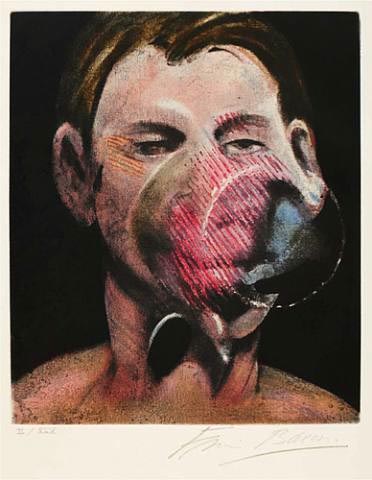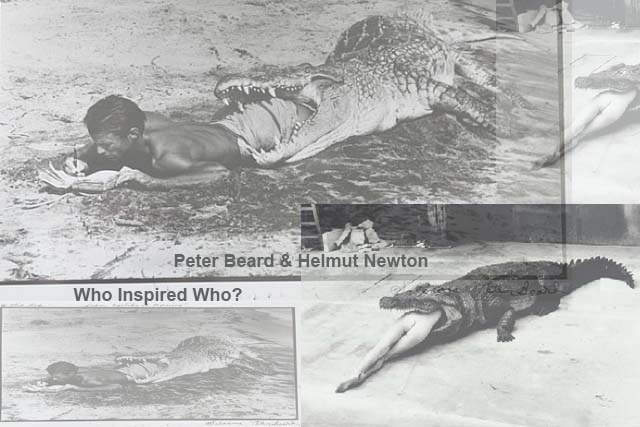peter beard
Romance: Karen Blixen & Peter Beard
15/11/12 11:02 Filed in: Photography & Art

Do not jump to conclusions, romance is not an intimate relationship, romance is a strong connection sometimes people have, like mothers with children, siblings, soul mates or like we sometimes call them “like minded people” or rather “like hearted people”.
Peter Beard visited Karen Blixen at her home in Denmark. This was in the early 60ies and Beard was at that time a young man who had just started exploring East Africa and had been very much drawn into Blixen’s book “Out of Africa”. Well, a lady from Blixen’s household said that he seems to remember Karen Blixen of her big love Denys Finch Hatton, yet the connection the two was most likely the love and fascination for Africa.
Beard took some great photographs of Karen Blixen and probably even the last one ever taken of her, she died in 1962. Quotes from Out of Africa are on many of Beard’s photographs and it seems that they saw Africa the same way, had the same connection with the continent and its people and wildlife, shared the same fascination and loved it deeply. What Blixen was saying with words, Beard was saying with photographs and Blixen’s words on Beard’s photographs are an overwhelming combination.
Find a selection of Peter Beard’s work on his website or in the book Peter Beard Trade Edition or get in the car and drive to Arles in the Camargue in Southern France. Hotel Nord Pinus in Arles has an impressing small collection of original Peter Beard photographs, including a Karen Blixen portrait.
What fascinations are you sharing? Even thought to capture them in photographs?
Ute Sonnenberg for www.rohoyachui.com
photo above: Peter Beard photo of Karen Blixen, shown at Hotel Nord Pinus in Arles
Peter Beard & Francis Bacon - Photographer and Painter
10/09/12 19:26 Filed in: Photography & Art

“Sometimes there is nothing better than a bad exposure.” said Peter Beard about photography during an interview with Steven M.L. Aronson and he meant to explain that lots of his photographs happened just by accident, and he was hoping for really good accidents and it turns out his photography is really great.
Beard studied art history at Yale and took color courses with Josef Albers, Neil Williver and Al Katz, but as he says, Richard Lindner and Francis Bacon were his real art teachers later in life.
Peter Beard met Francis Bacon at a presentation of his book “The End of the Game” in London. Bacon had just purchased the book and invited Beard immediately into his studio. Beard took polaroid photos of Bacon’s work. The polaroids became a source of inspiration for Bacon regarding colors and shapes in his paintings and in return Beard learned from Bacon essential things like looking at old masters to learn about light and composition.
A friendship had developed and Bacon painted Beard several times. I dare to say that Bacon’s way of seeing art, reflects in Beards work and is one of the reasons of the mesmerizing impact Beard’s artwork has.
Read more in Peter Beard Trade Edition, available at Taschen and get insights in this creative friendship of two amazing artists.
Image above via HH Fine Art.
Ute Sonnenberg for www.rohoaychui.com
Who Inspired Who - Intellectual Property in Photography
26/07/12 20:41 Filed in: Photography & Art

Have you ever asked yourself when seeing art who might have been the inspiration for this artwork? Was there somebody who did something similar before this artist picked it up and created his/her artwork? Pablo Picasso paid respect to Vincent van Gogh in one of his early paintings by painting in Van Gogh’s style. He had seen the greatness of Van Gogh before others did.
An interesting “couple” are also Charlie Chaplin and Stanley Kubrick. There is a great documentary about Stanley Kubrick called “A Life in Pictures” from 2001 and another great documentary about Charlie Chaplin called “Charlie: The Life and Art of Charles Chaplin” from 2003. I watched first the Kubrick documentary and it was absolutely amazing and impressive. Only later when I watched the Chaplin documentary I was surprised how influential Charlie Chaplin was and how much of his artistically groundbreaking film work could be found in Kubrick’s work.
The same happens in photography. One of the photographs above is from Peter Beard, “I’ll Write Whenever I can” and shows him with a dead crocodile in the typical Peter Beard style of presenting his work. The other photograph is from Helmut Newton, “Crocodile Eating Ballerina” from 1983. Seeing the age of Peter Beard in the image, it looks like he was first with the crocodile posing.
How often does the same as with these two pictures happen? In this Internet social media age probably a million times. We just don’t know, because not every artwork becomes as famous as the art from Beard and Newton. But that doesn’t mean that we shouldn’t care about the intellectual property of others, only because they might never find out. Treat them the way you want to be treated. Credit your sources and protect your creations.
Happy sourcing and creating. Be inspired.
Ute Sonnenberg for www.rohoyachui.com